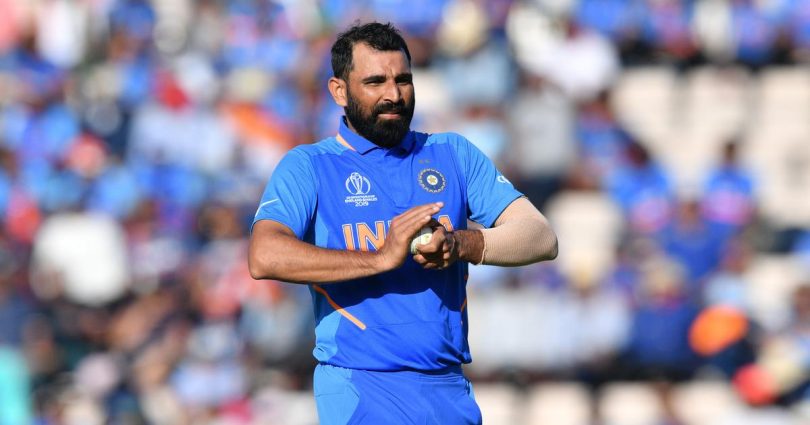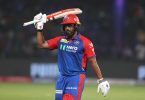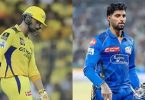For every high in Mohammad Shami’s curious career, the India pacer has also witnessed several distressing lows. Be it the recurrent career-threatening knee injuries or the domestic violence allegations that played havoc with his personal life, Shami has always been able to script a comeback on the cricket field. A crucial member of the India team in all three formats now, Shami spoke on his battle with depression and how he envisions cricket post the COVID-19 pandemic.
“I have been staying at my home in Sahaspur village in Amroha (near Moradabad) the entire time. I have constructed a small academy where I have been training. My younger brother Mohammed Kaif, who is also a fast bowler like me and plays in the Bengal U-23 team, also trains with me. I have taken the fitness schedules from the team physio and doing everything I can to attain fitness standards international cricket demands. I have been lucky that way that I had my own ground to keep myself fit” said Shami in an exclusive interview with Hindustan Times.
“Depression is a problem that needs attention. It was unfortunate to see such a brilliant actor like Sushant Singh Rajput lose his life. He was a friend and I wish I could talk to him had I known about his mental condition. In my case, my family pulled me out of that low phase. They took care of me and made me realise that I needed to fight back. There were times I felt suicidal but my family ensured I was never alone. Someone or the other would always be around, talking to me. Spirituality also helps you seek answers. Talking to your close ones or counseling is the best way out” he added.
Shami, who has 180 wickets from 49 Tests. has put up vastly improved performances since a recovering from a knee injury and he explained how his strategy changes when a batsman has settled in nicely.
“If the batsman is set and we haven’t been able to pick up a lot of wickets, we try to bowl a tight line and length by dropping our pace,” he said. “As soon as we get a wicket, you increase your pace by about 8kph. This difference in speed is pretty visible. If the bowler was bowling at around 140kph earlier, after picking up a wicket he gets his rhythm back, picks up the pace and the same ball is now delivered at 145kph.”







